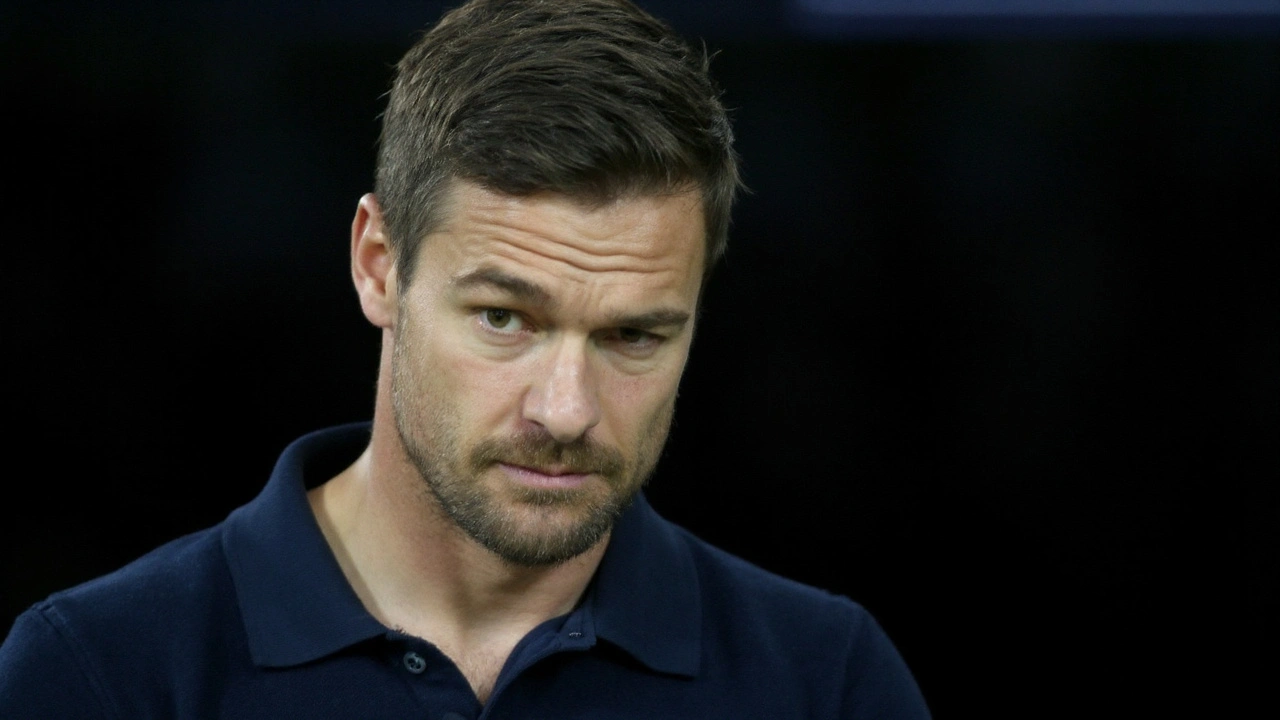Since Xabi Alonso took over, Real Madrid has gone from a leaky side to a group that rarely lets opponents through. Fans who used to cringe at loose balls now see a squad that looks comfortable sitting deep, closing gaps, and winning duels. The stats back it up – in the first five LaLiga games the team has conceded just three goals, a big drop from last season’s average of over a goal per match.
Why the turnaround? It’s a mix of smarter tactics, disciplined positioning, and a few smart signings that blend experience with youth. The coaching staff has drilled every player to understand when to press, when to fall back, and how to cover each other’s space. That clarity shows up in the way the defence moves as a unit, not as isolated individuals.
The most talked‑about addition is 16‑year‑old Abdellah Ouazane. While he’s a midfielder, his defensive instincts help protect the back four, especially when the team loses the ball high up the pitch. His ability to read passes and break up play gives the centre‑backs breathing room.
Real also welcomed a veteran centre‑back on a short‑term deal. His leadership on the field teaches younger defenders when to step up and when to stay compact. The blend of seasoned heads and hungry youngsters creates a balanced squad that can adapt to different opponents.
Another hidden gem is the loan return of a full‑back who spent two seasons in the Bundesliga. He brings a physical edge and a habit of joining attacks without abandoning his defensive duties. That dual role fits Alonso’s system perfectly, letting the wing‑backs create width while the centre‑backs stay organized.
Alonso swapped the old 4‑3‑3 for a more flexible 3‑4‑3 in games where the opposition is strong. The three‑centre‑back set‑up adds an extra layer of protection, especially against fast strikers. When the opposition sits back, he reverts to a classic 4‑3‑3, allowing the full‑backs to push higher while the midfield shields the defence.
Pressing has become smarter, too. Instead of a chaotic high press, the team now presses in coordinated waves. The forwards close down the ball, the midfield cuts passing lanes, and the defenders stay compact, forcing opponents to play long balls that are easier to deal with.
Set‑pieces were a weakness last season, but training sessions now focus on marking drills and communication. Goalkeepers and defenders practice who takes which opponent, reducing the chaos that often led to conceded goals.
All these changes are paying off. The defence not only concedes fewer goals but also starts attacks from the back. Quick, accurate passes off the goalkeeper catch opponents off guard, leading to more scoring chances for the forwards.
For fans, the biggest takeaway is confidence. When the backline feels solid, the whole team plays with less anxiety. That freedom lets the attacking stars like Benzema and Vinícius focus on scoring, knowing the defence has their back.
Looking ahead, the challenge will be keeping this consistency through a long season filled with injuries and fatigue. Alonso’s squad depth, especially the young players eager for minutes, should help maintain the standards. If they keep grinding, Real Madrid could not only win the league but also set a new benchmark for defensive excellence in modern football.
